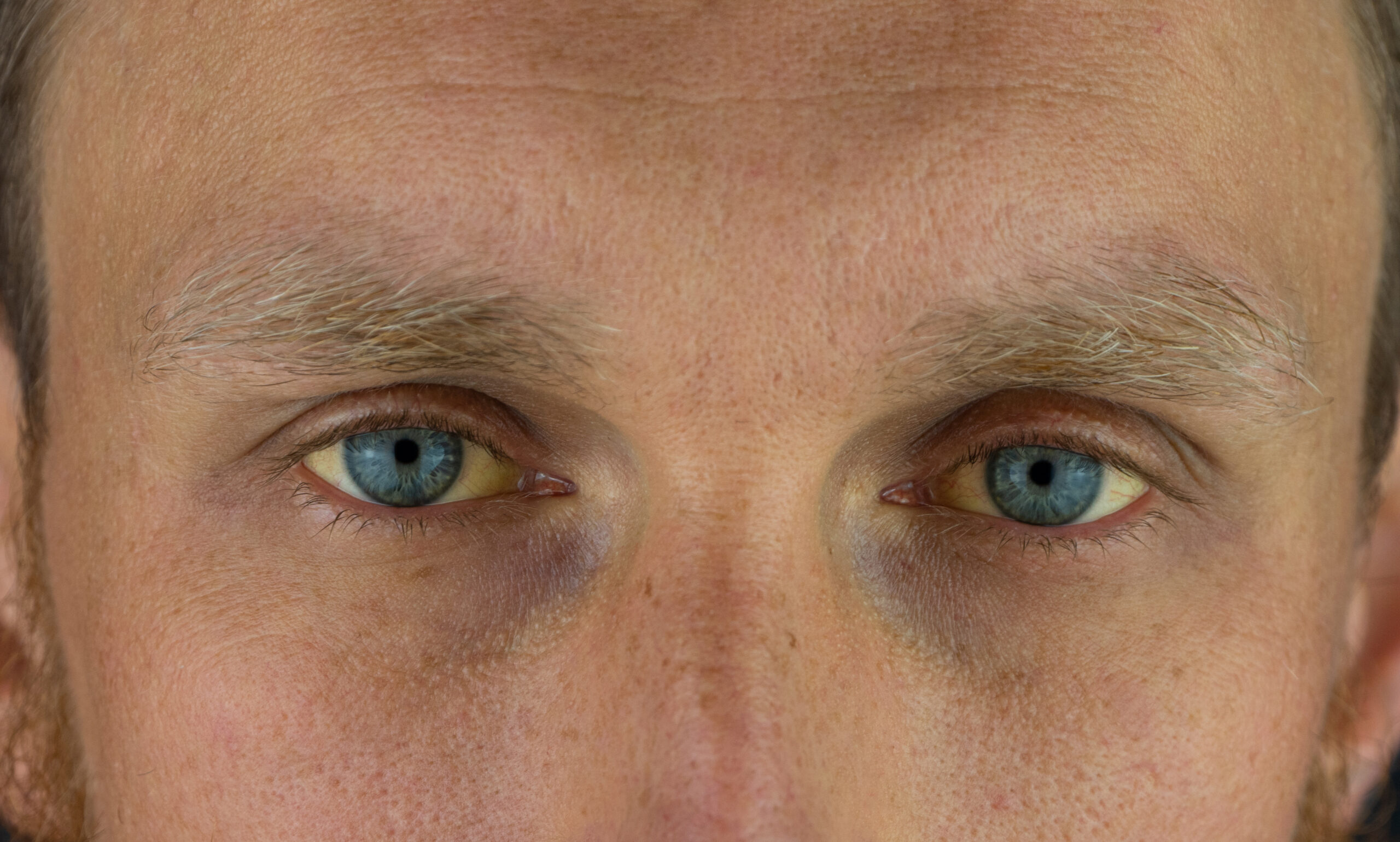Gilbert Syndrome is an inherited liver disorder. It affects how the body processes bilirubin. Bilirubin results from the natural breakdown of red blood cells. For those with Gilbert Syndrome, high bilirubin levels can occur. It generally doesn’t cause severe issues but understanding Gilbert Syndrome causes is essential. This blog will guide you through its genetic roots. We’ll also explore lifestyle factors affecting its symptoms.
Understanding Gilbert Syndrome
Gilbert Syndrome is a condition where bilirubin isn’t processed efficiently. So, what is bilirubin? It’s a yellow compound in bile, which helps digest food. Usually, the liver breaks down bilirubin. But in people with Gilbert Syndrome causes, this process doesn’t go smoothly.
Because the liver can’t handle bilirubin well, it builds up in the bloodstream. This can lead to a mild yellowing of the skin and eyes, known as jaundice. Interestingly, about 3-10% of the general population has Gilbert Syndrome. Though it sounds serious, most people won’t need treatment. Symptoms are usually mild or absent.
The Genetic Underpinning of Gilbert Syndrome
At its core, Gilbert Syndrome results from a genetic variation. It’s passed down in families through an autosomal recessive pattern. This means a person must inherit two copies of the faulty gene to be affected.
The specific gene involved is called UGT1A1. Mutations in this gene impact how bilirubin is handled. Without this gene working efficiently, the liver can’t break down bilirubin properly. Consequently, people with this mutation experience elevated bilirubin levels.
It’s more common than you might think. Studies show that the UGT1A1 gene mutation is present in many. This makes Gilbert Syndrome one of the mildest and most widespread hereditary disorders.
How Bilirubin Metabolism Goes Awry
In a typical body, bilirubin follows a standard path. It gets processed by the liver and then removed. In Gilbert Syndrome, this process faces challenges.
With the UGT1A1 gene mutation, the liver enzyme activity drops by about 70%. This reduced activity disrupts how bilirubin is metabolized. Without proper breakdown, bilirubin levels in the blood rise.
Elevated bilirubin levels can lead to Gilbert Syndrome signs and symptoms like yellowing skin and eyes, especially when under stress or fasting. But remember, while these signs may seem alarming, they are often harmless.
Lifestyle and Environmental Triggers
Besides genetics, certain lifestyle factors can worsen Gilbert Syndrome symptoms. Here’s what to watch out for:
- Illness: Infections or fevers can strain the liver. This causes a rise in bilirubin levels.
- Fasting: Skipping meals can trigger symptoms. The liver doesn’t get enough fuel to function as it should.
- Dehydration: Lack of water affects the liver. In Gilbert Syndrome, symptoms may become more noticeable.
- Menstrual cycles: Hormonal changes in women can impact bilirubin processing.
- Exercise: Intense physical activity might cause bilirubin to build up.
- Stress: Emotional stress affects the liver’s ability to function.
- Alcohol: Drinking impacts liver efficiency. For those with Gilbert Syndrome, even moderate consumption can bump up bilirubin.
Understanding these triggers can help manage Gilbert Syndrome better. By identifying lifestyle influences, you can take steps to alleviate symptoms.
Why Recognizing These Triggers Matters
Symptoms of Gilbert Syndrome often appear mild and infrequent. Understanding what brings them on is key. Sometimes, severe yellowing or jaundice requires immediate medical advice. If symptoms aren’t improving or seem out of the ordinary, it’s time to consult a professional. Testing for Gilbert Syndrome can rule out other liver issues.
Managing Gilbert Syndrome Through Lifestyle Choices
Managing Gilbert Syndrome primarily involves lifestyle changes. Here are some helpful tips:
- Eat consistent meals: Regular eating can help steady your bilirubin levels.
- Stay hydrated: Drinking enough water supports liver function.
- Control stress: Find ways to manage stress. Relaxation techniques can have a positive impact.
- Moderate exercise: Regular activity is good. But avoid overexertion, which might trigger symptoms.
- Monitor triggers: Be mindful of what affects your symptoms. This can help make better lifestyle choices.
It’s reassuring to know that Gilbert Syndrome is usually harmless. Simple changes can greatly reduce symptom occurrences.
Conclusion and Empowerment Through Understanding
In summary, Gilbert Syndrome is a manageable condition with known causes and lifestyle influences. By staying informed about your triggers, you gain control over your symptoms. Remember, knowledge and small lifestyle adjustments can empower you. Embrace the ability to live well with Gilbert Syndrome without undue worry. Your understanding is your tool, not a cause for concern.



